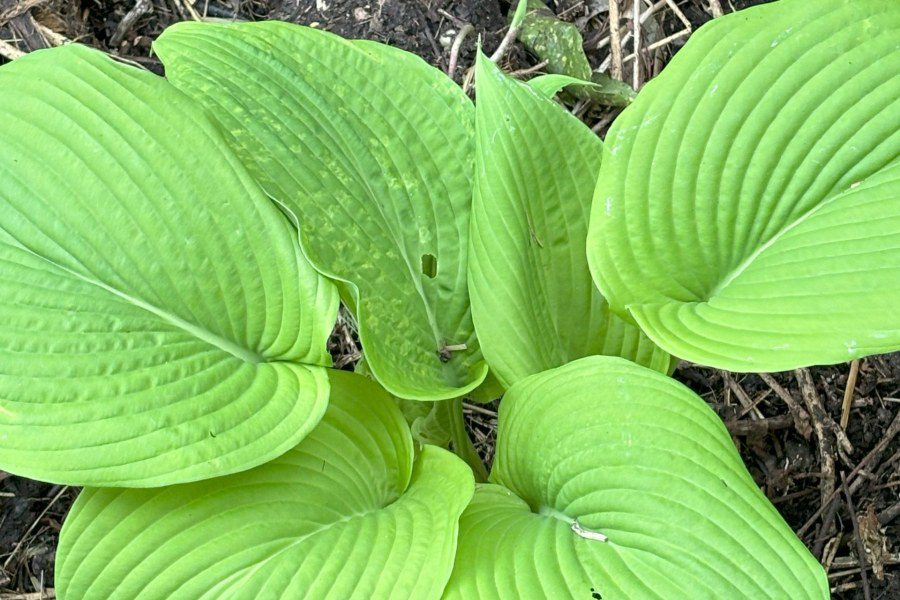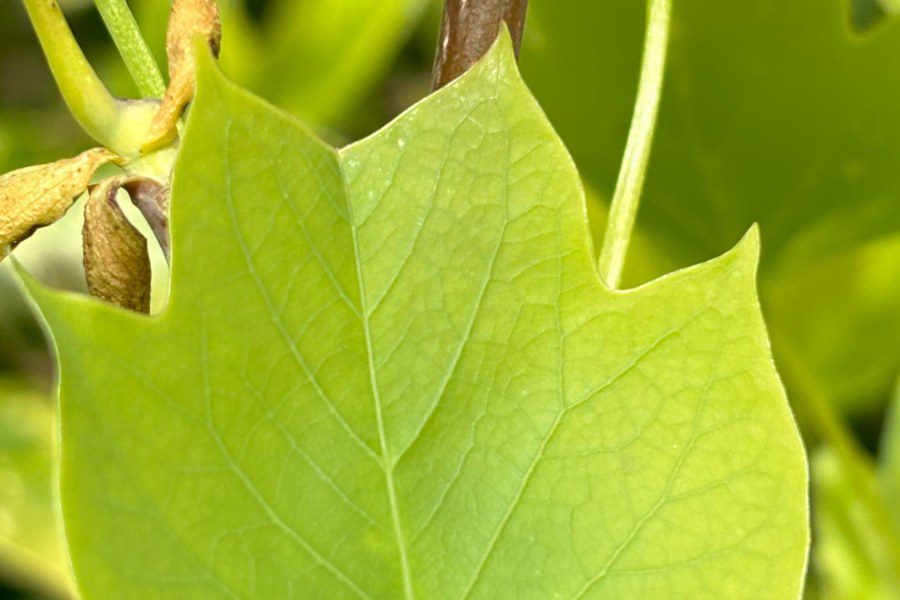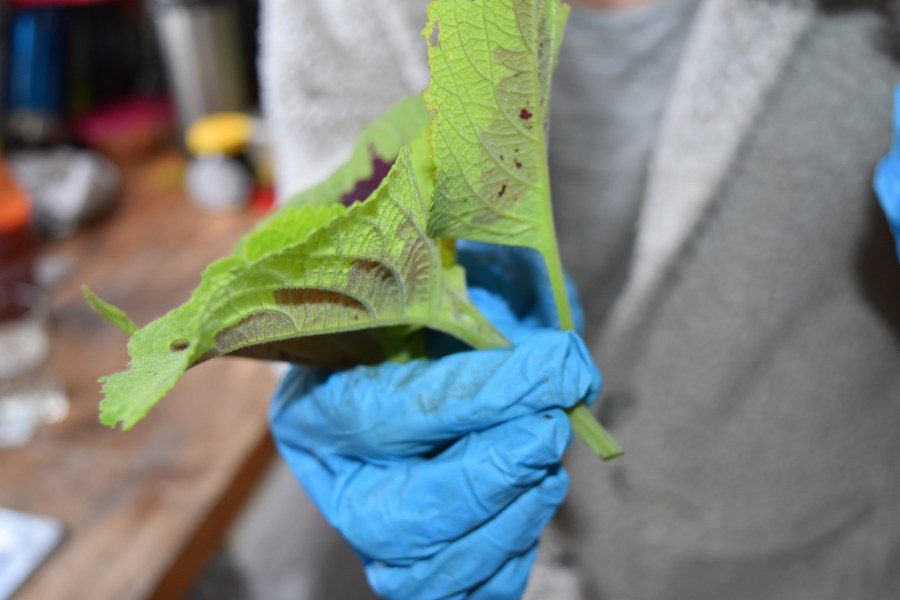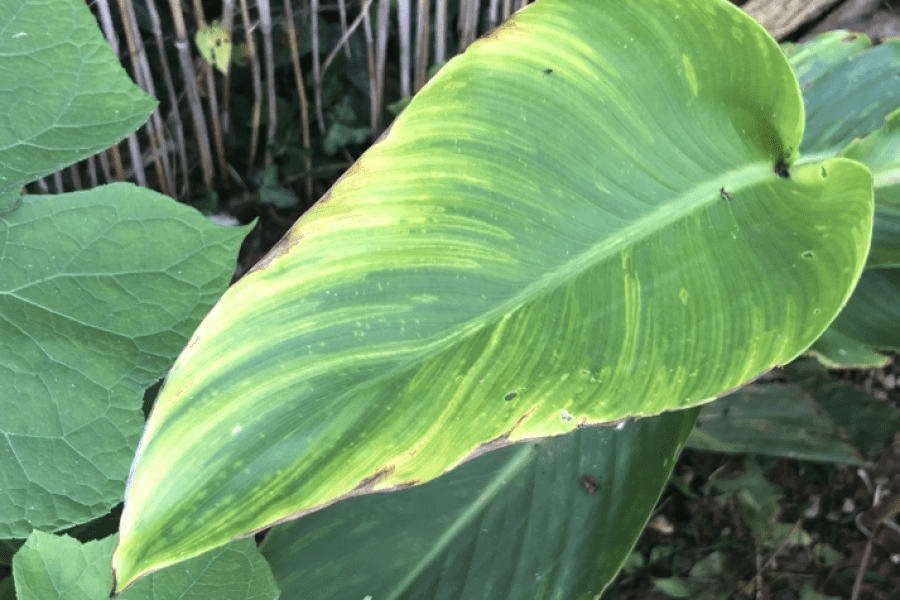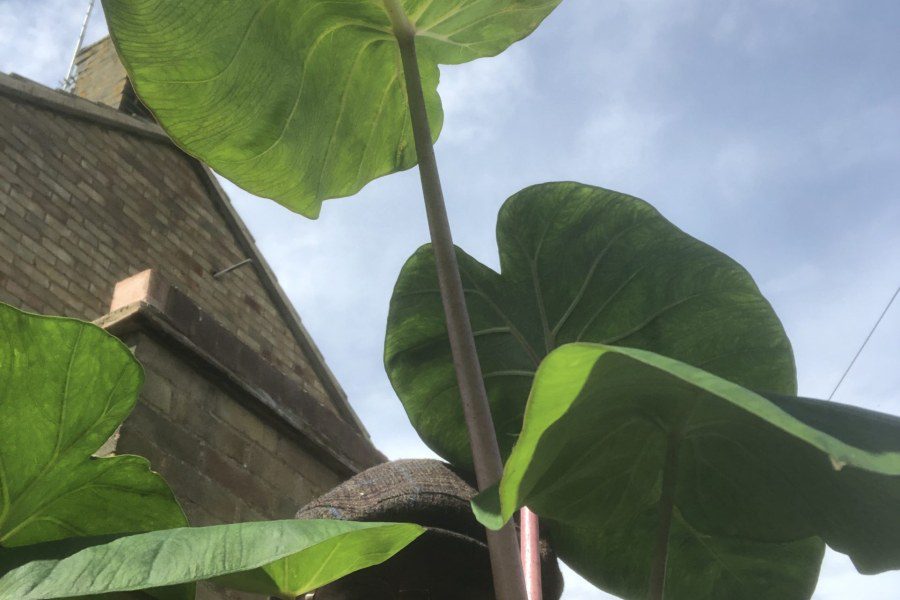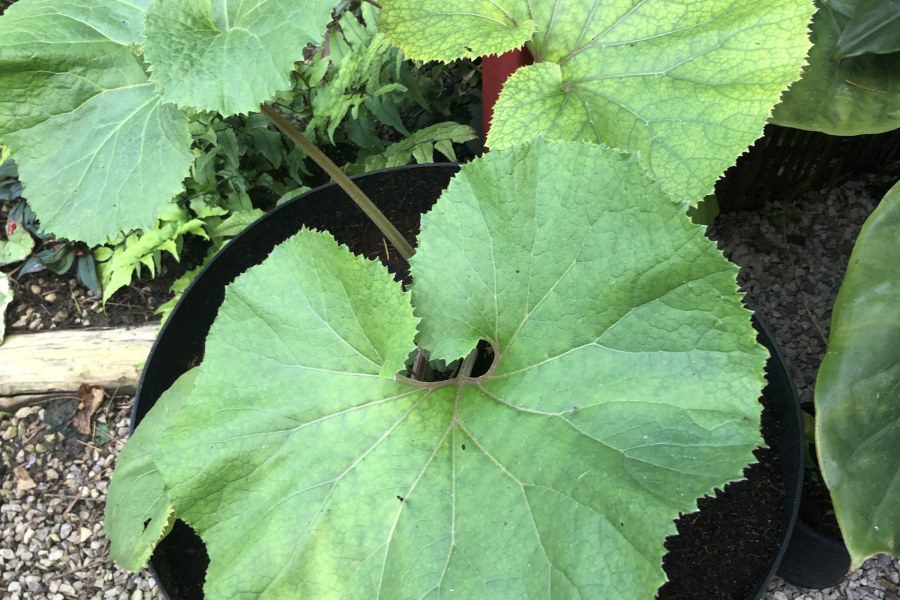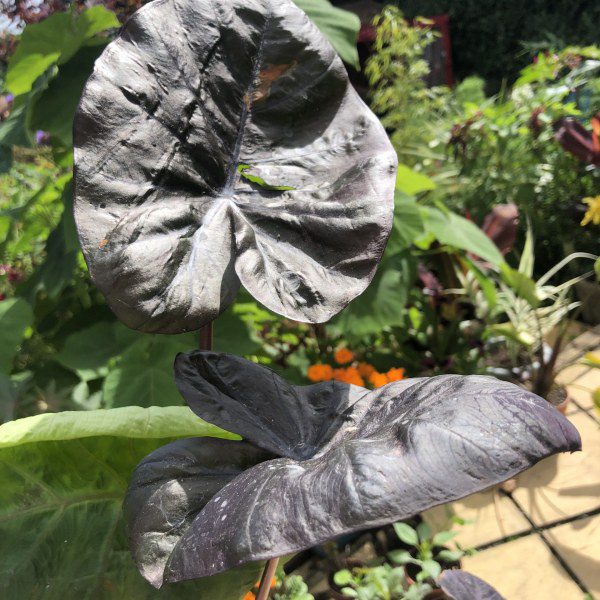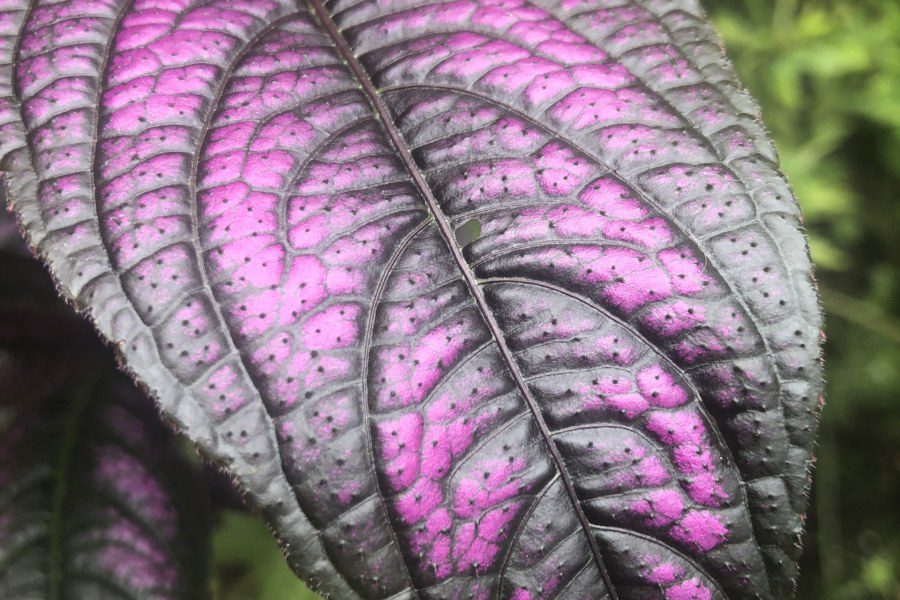Mapping what uk counties are in what usda zones is challenging due to the differing climate patterns and microclimates within each county. However, we can make some general observations based on the climate characteristics of different regions in the UK. Read more
Local Gardener Latest Questions
The Guinness World Records currently recognizes the variety ‘Empress Wu’ as the world’s largest hosta. Developed by hybridizer Brian and Virginia Skaggs of Walters Gardens, Inc. in Zeeland, Michigan, ‘Empress Wu’ can grow to impressive dimensions. Its massive, deeply veined ...Read more
Tulip trees are celebrated for their grandeur but how big do Tulip trees get can be a worry for a small garden as they often reach heights of 60 to 90 feet with spreads spanning 30 to 50 feet or ...Read more
Yes, Rheum palmatum, commonly known as Chinese rhubarb or ornamental rhubarb, can be excellent ornamental plants for gardens and landscapes. Here are several reasons why: 1. Striking Foliage: Rheum palmatum boasts large, deeply lobed leaves that can measure up to two ...Read more
Taking coleus cuttings is a popular method for propagating these colorful and attractive plants. Here’s a step-by-step guide on how to take coleus cuttings: Materials You’ll Need: Healthy coleus plant Sharp, clean scissors or pruning shears Small pots or containers Potting soil or a ...Read more
Canna viruses are a group of plant viruses that can infect and cause diseases in cannas, which are popular ornamental plants known for their colorful flowers and striking foliage. Unfortunately, there is no specific cure for viral infections in plants, ...Read more
The chances of Pink China bulbs (Colocasia esculenta ‘Pink China’) surviving a UK winter are relatively good, provided some precautions are taken. Pink China is one of the hardier varieties of elephant ears, known for its cold tolerance compared to ...Read more
Yes, some species of butterbur (Petasites spp.) are considered invasive in the United Kingdom. The most commonly referenced invasive species is the Japanese butterbur (Petasites japonicus), which has become established in parts of the UK. Japanese butterbur is native to ...Read more
Colocasia ‘Black Coral’ and similar varieties, also known as elephant ears, can be a bit more challenging to grow in the UK due to its climate. These plants are native to tropical and subtropical regions and thrive in warm, humid ...Read more
Growing Persian Shield (Strobilanthes dyerianus) outdoors in the UK can be a bit challenging due to the country’s temperate climate, especially in more northern and cooler regions. Persian Shield is native to tropical regions and prefers warm and humid conditions. ...Read more


